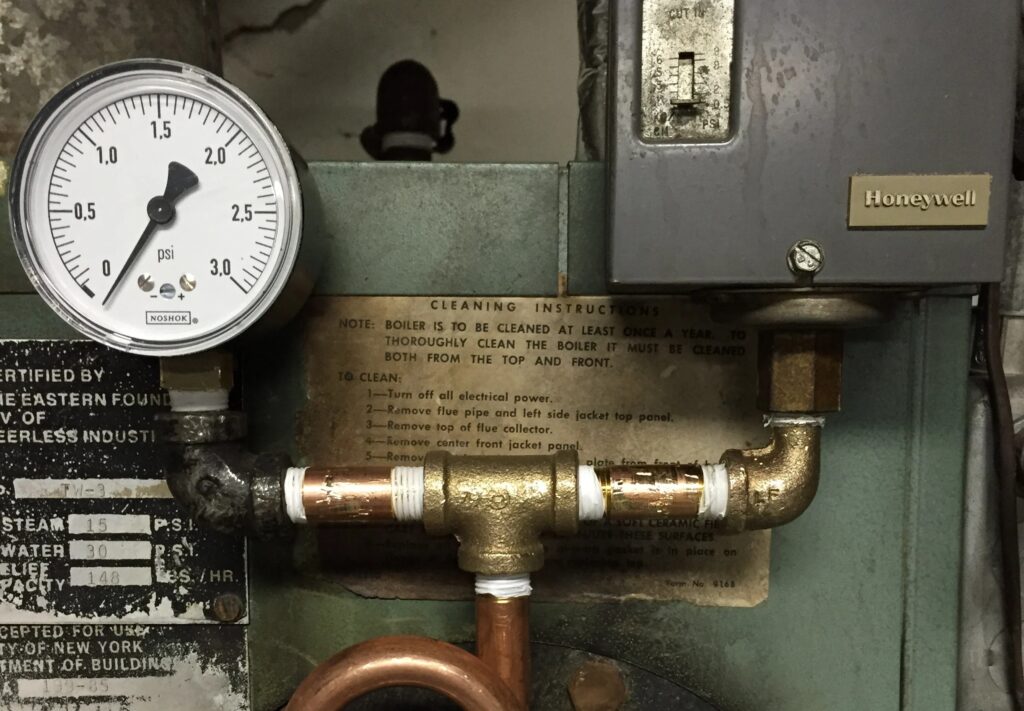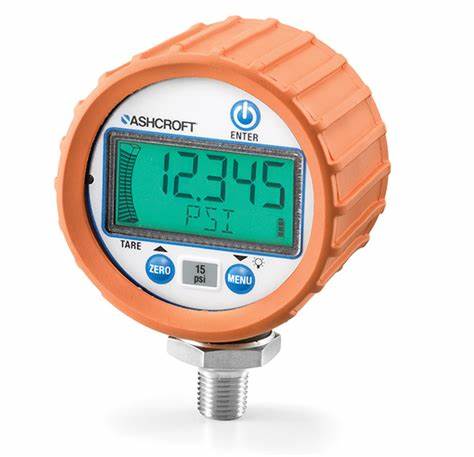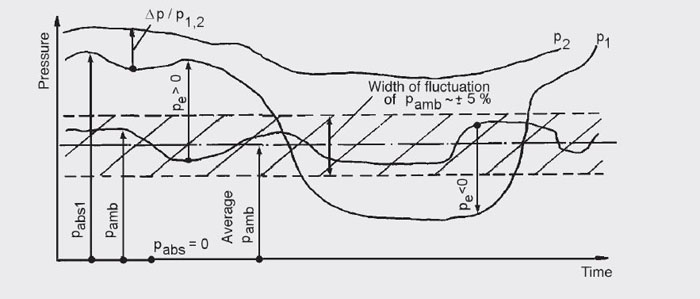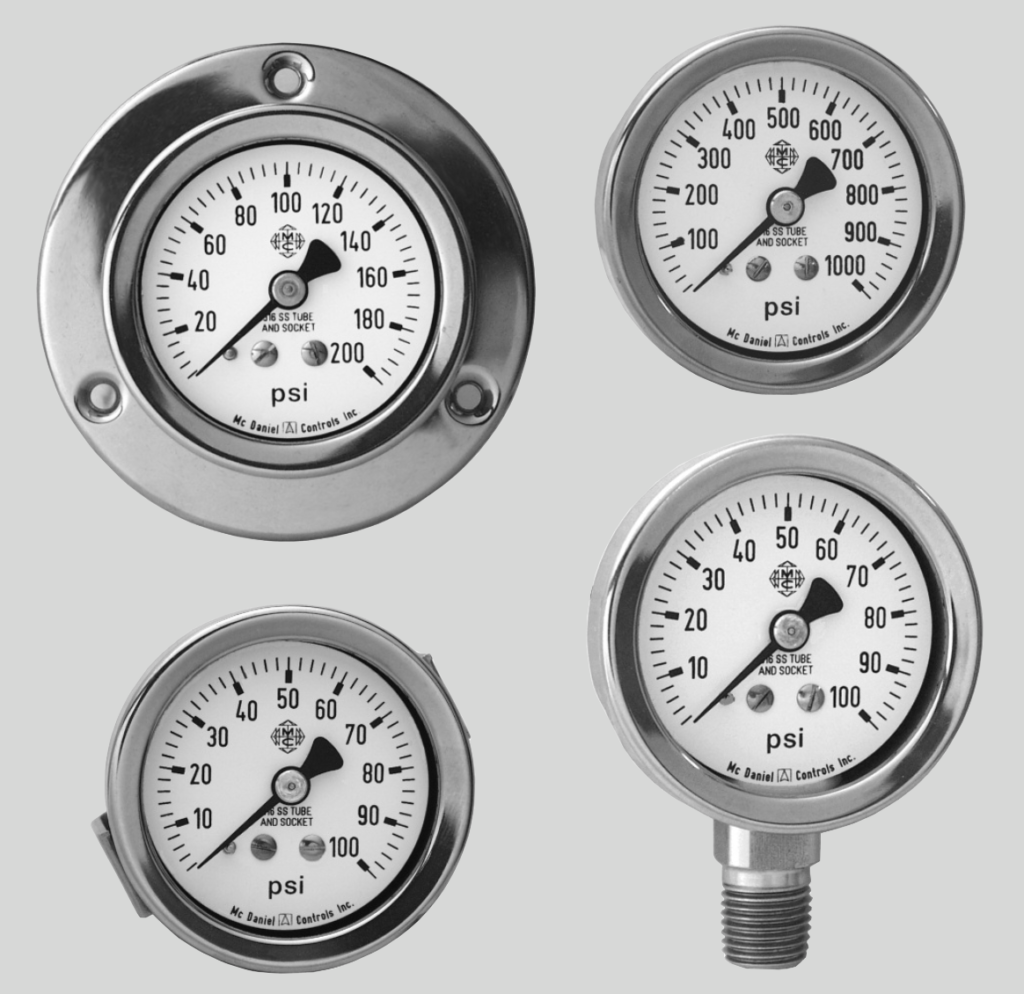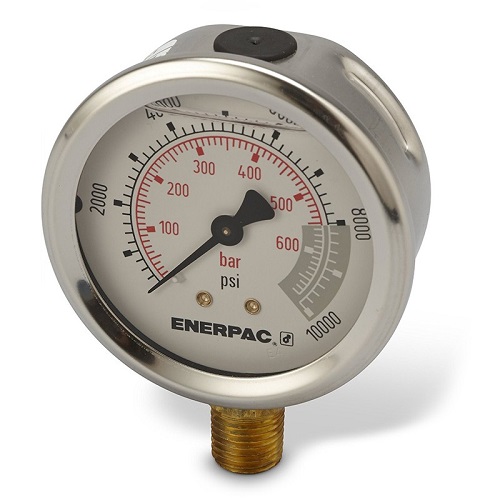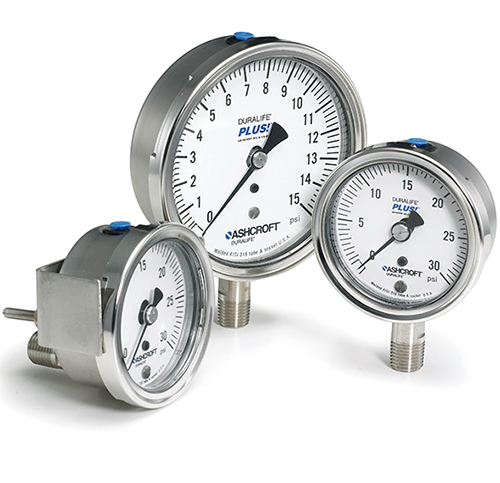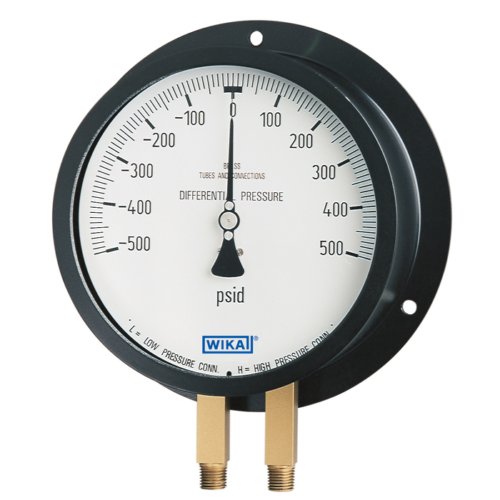Pressure gauges are devices that help us measure the amount of pressure in an environment. Based on the intended application, different types of pressure gauges are used in order to have the best measurement results. In this post, we will talk about the various types of pressure gauges found on the market.
To appreciate the difference between various types of pressure gauges, we need to know about different types of pressure. So let us first have a brief introduction to various pressures.
What is a Pressure Gauge?
A pressure gauge is a device that measures the pressure of a gas or liquid in the atmosphere, a vacuum, or the difference between two locations. In other words, pressure gauges are a simple and easy way to measure pressure. Pressure gauges are widely used across the world in a variety of applications and industries. There are also several types of pressure gauges, each of which is ideally suited to certain activities and needs.
Types of Pressure
Next to temperature, pressure is one of the most important physical state variables. The pressure is defined as a force (FN) that acts uniformly over a defined area (A). The different types of pressure are differentiated only by the reference pressure. There are several varieties of pressure gauges, each of which is ideally suited to a certain job. The following sections go through some of the most common types of pressure gauges in further detail:
Atmospheric pressure
Probably, the most important pressure for life on earth is the atmospheric pressure, pamb (amb = ambiens = ambient). It is created by the weight of the atmosphere which surrounds the earth up to a height of approx. 500 km. Up to this altitude, at which the absolute pressure pabs = zero, its magnitude decreases continuously. Furthermore, the atmospheric pressure is subject to weather-dependent fluctuations, as is only too well known from the daily weather report. At sea level, pamb averages 1,013.25 hectopascal (hpa), corresponding to 1,013.25 millibar (mbar). With “cyclones” and “anticyclones”, this pressure varies by about 5 %.
Absolute pressure
The clearest reference pressure is the pressure zero, which exists in the air-free space of the universe. A pressure that is related to this reference pressure is known as absolute pressure. An absolute pressure gauge measures pressure about a vacuum. This implies that it makes measurements against a complete or absolute vacuum. Absolute pressure is always positive as a result. These gauges are typically used in conjunction with barometers, altimeters, and atmospheric or deep vacuum equipment.
Analog Pressure Gauges
The more traditional type is analog pressure gauges. To function, they rely on needles and mechanical internals. Analog gauges are flexible and dependable and may be utilized in a wide range of applications. When using an analog pressure gauge, aim for a normal applied pressure that is about half of the gauge’s entire scale.
Digital Pressure Gauges
Pressure gauges that are electronic or digital are more modern instruments. They are often equipped with a diaphragm and strain gauges. They are distinguished by their digital displays, which facilitate the identification and recording of readings.
Differential pressure
The difference between two pressures, p1 and p2, is known as the pressure differential, Δp = p1 – p2. In cases where the difference between two pressures itself represents the measured variable, one refers to the differential pressure, p1,2.
The measurement of one pressure concerning another is known as differential pressure. As a result, a differential pressure gauge operates by sensing the pressure difference between two ports. Differential pressure may be positive or negative.
Overpressure (gauge pressure)
The most frequently measured pressure in the technological field is the atmospheric pressure differential, Pe (e = excedens = exceeding). It is the difference between an absolute pressure, pabs, and the relevant (absolute) atmospheric pressure (pe = pabs – pamb) and is known, in short, as the overpressure or gauge pressure.
A positive overpressure is referred to when the absolute pressure is greater than the atmospheric pressure. In the opposite case, one speaks of negative overpressure.
The indices of the formula symbols “abs”, “amb” and “e” clearly define the reference point of the respective pressure. They are only attached to the formula letter p, and not to the unit symbols.
Hydraulic Pressure Gauges
Hydraulic pressure gauges can measure significantly greater pressures. It may be in the hundreds of bars with certain models. Oil should be used with hydraulic gauges.
Types of Pressure Gauges: Absolute Pressure Gauges
A. Absolute Pressure Measurement – Absolute pressure is measured with reference to the pressure that exists in a full vacuum. The pressure at complete vacuum is zero. Therefore, it is called ‘absolute’ pressure.
B. Description of Measuring Instruments – A typical mechanical absolute pressure gauge consists of a measuring cell, separated by a diaphragm. One portion of the instrument is the reference chamber and is a vacuum. A barometer, which is a hydrostatic gauge can also be used to measure absolute pressure.
C. Applications – Absolute pressure gauges can be used to measure the vapor pressure of liquids, vacuum reactors, to check leakage in tanks and circuits and to measure the fall in pressure of distillation vacuum columns, to monitor adiabatic saturation pressure by meteorologists and to perform distillation operations in the oil refining industry. Absolute pressure gauges are also used in vacuum pumps and in the food packaging industry. Barometers are used to measure atmospheric pressure.
Types of Pressure Gauges: Gauge Pressure Measuring Devices
A. Gauge Pressure Measurement – Gauge pressure is measured with reference to the standard atmospheric pressure at sea level (approximately 1013.25 mbar). Gauge pressure is positive when it is more than atmospheric pressure, and negative when it is less than atmospheric pressure.
B. Description of Measuring Instruments – The most commonly used device to measure gauge pressure is a Bourdon tube pressure gauge. It is a mechanical device which consists of a tube formed into a C-shape and sealed at one end. The sealed end is free to move a pointer over a scale according to the applied pressure within the tube, entering through the open end. Other mechanical devices like diaphragms and bellows can also measure gauge pressure. Among hydrostatic ones, the u-tube manometer is effective.
C. Applications – Gauge pressure measuring devices are the most widely used pressure measuring instruments for industrial purposes, particularly in power, refineries, chemical, petrochemical, pharmaceutical, food, refrigeration, air-conditioning and sanitation industries.
Types of Pressure Gauges: Differential Pressure Gauges
A. Differential Pressure Measurement – Differential Pressure is only the measure of the difference between two pressure readings. It does not offer any information about the levels of pressure at the two individual points that it compares.
B. Description of Measuring Instruments – Differential pressure gauges are usually mechanical in nature. The major types of gauges for measuring differential pressure are Piston-style, Diaphragm type and Bellows differential pressure gauges. Each have specialized application in different industrial processes.
C. Applications – Differential pressure gauges find applications in various industries for monitoring filtration, liquid level, and liquid flow. These are useful in refineries as well as petrochemical and chemical plants, power plants and clean room.
Types of Pressure Gauges According to Usage
1. Commercial and Industrial Pressure Gauges – Commercial gauges are general purpose pressure measuring instruments commonly used in Heating Ventilation Air Conditioning (HVAC) and Refrigeration. Industrial pressure gauge is suitable for production processes that would not block the pressure system. Industrial gauges are used in manufacturing industries, OEM applications, hydraulic, water treatment and RO industries.
2. Process Pressure Gauges – In industries where the production process functions under extreme conditions, subjected to vibrations, pressure spikes and a corrosive environment (like in certain areas of petrochemical and other chemical industries), a process pressure gauge can be safely used.
3. Low Pressure Gauges – These are suitable for measurement of liquid and gaseous pressure, provided they don’t obstruct its functioning. Plants construction processes, pneumatic systems and cleanrooms often need low pressure gauges.
4. Seal Gauges – These gauges are designed to seal potential leak paths and are used in variety of industrial applications to meet material compatibility requirements, viscous applications, corrosive chemicals, vibrations, sanitary and pharmaceutical requirements.
5. High Precision Test Gauges – These gauges are well-suited for processes that require precise calibration as in testing laboratories.
6. Duplex Pressure Gauges – These are a type of differential pressure gauge that can function in extreme environments and measure the difference between two applied pressures. This is sometimes required in refrigeration, fuel, chemical and air-handling Industries.
Choosing the Right One from Different Types of Pressure Gauges
Factors like the level of accuracy required, appropriate dial size for readability, durability of material to suite environment and process conditions , mounting options available and the range of pressure that it can measure and pressure type to be measured determine what kind of gauge may be right for you to use. If you choose a manufacturer who gives you a wide variety of gauges to choose from, choosing the right one will be an uncomplicated process.
More on the Types of Pressure Gauges
If you would like to learn more about how different various types of pressure gauges are and wonder about their working principle, check the video here.
Buy Equipment or Ask for a Service
By using Linquip RFQ Service, you can expect to receive quotations from various suppliers across multiple industries and regions.
Click Here to Request a Quotation From Suppliers and Service Providers
Read More In Linquip

